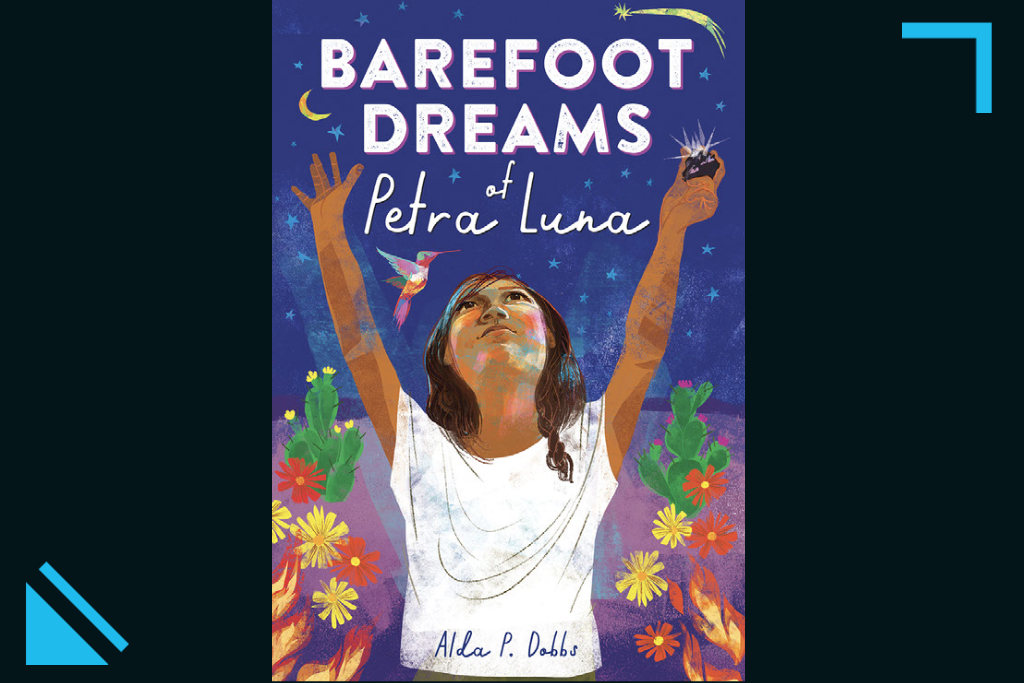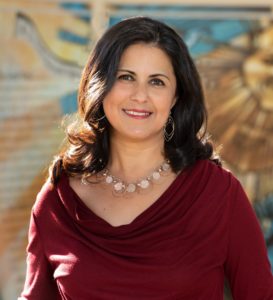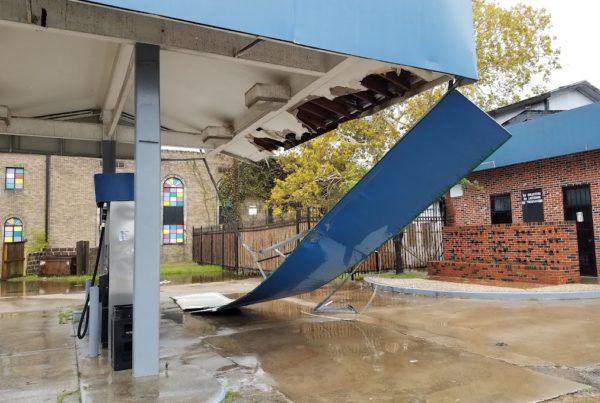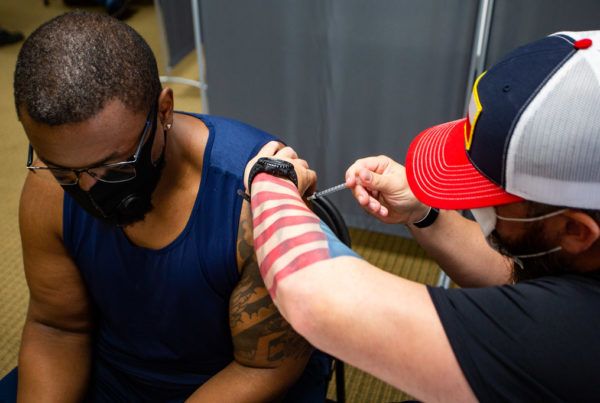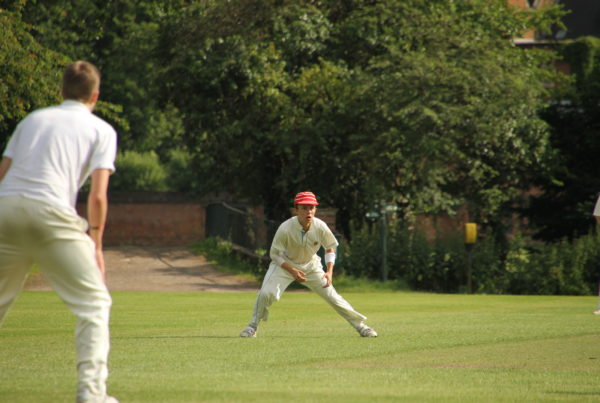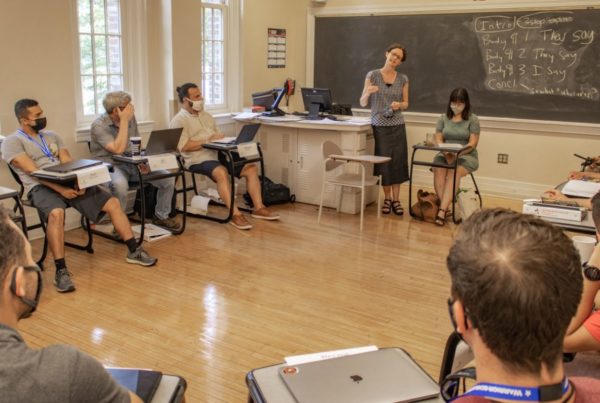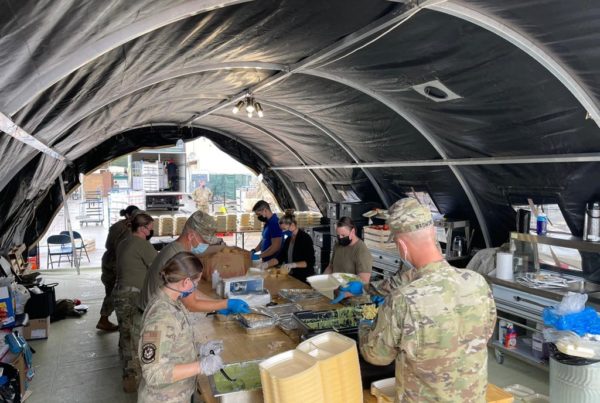The Mexican Revolution from 1910-1920 helped shape the Texas we know today. Refugees by the thousands crossed Mexico’s northern border to seek refuge in Texas and elsewhere in the United States. But author Alda P. Dobbs says that’s not something she learned about in history class as a kid. So, she decided to write a novel for young readers based on her great-grandmother’s experience living in Mexico during the war, and migrating to Texas. She titled it, “Barefoot Dreams of Petra Luna” – a nod to the poverty so many Mexicans experienced leading up to the revolution, and the dreams many of them held onto despite their hardships. The main character, Petra Luna, is based on her great-grandmother.
Author Alda P. Dobbs. Photo: Kathleen O. Ryan
“In Mexico, back in 1913, only 1% of the population of Mexico owned land … [and] only 20% of the Mexican population could read or write. So that leaves a vast amount of people that are illiterate and impoverished.“
“My great-grandmother and grandmother were one of those people that the opportunities were not there for education, for good employment, for security. So every day it was survival for them.”
“There were so many photographs – the black-and-white old photographs from the 1910s in Mexico – and most of the children, the poor children, they were all barefoot. And it’s something we take for granted now; we have shoes. But, you know, shoes have always been a luxury. And back then they were just, you know, only belonged to the rich.”
“The pictures also show that hope the kids had despite the turmoil they were going through, and just the circumstances. They had these hopeful eyes and they – dreaming, just like my great-grandmother had that dream of learning to read and write. So, I connected both words: the ‘barefoot dreams.'”
“I thought it was important for children to learn about [the Mexican Revolution] because it’s a conflict that impacted both countries and the landscape of Texas for forever. And I also wanted children to see themselves, that they, too, could be leaders and be resilient despite the circumstances.”
“Just like Petra Luna, there were a lot of kids at that time that took the challenge of protecting their siblings and taking the lead of taking them to safety. And that’s something that I want also to, for young readers to empathize with the refugees, too, not only from that period of time but what we see now in the world with new refugees coming through our borders.”


